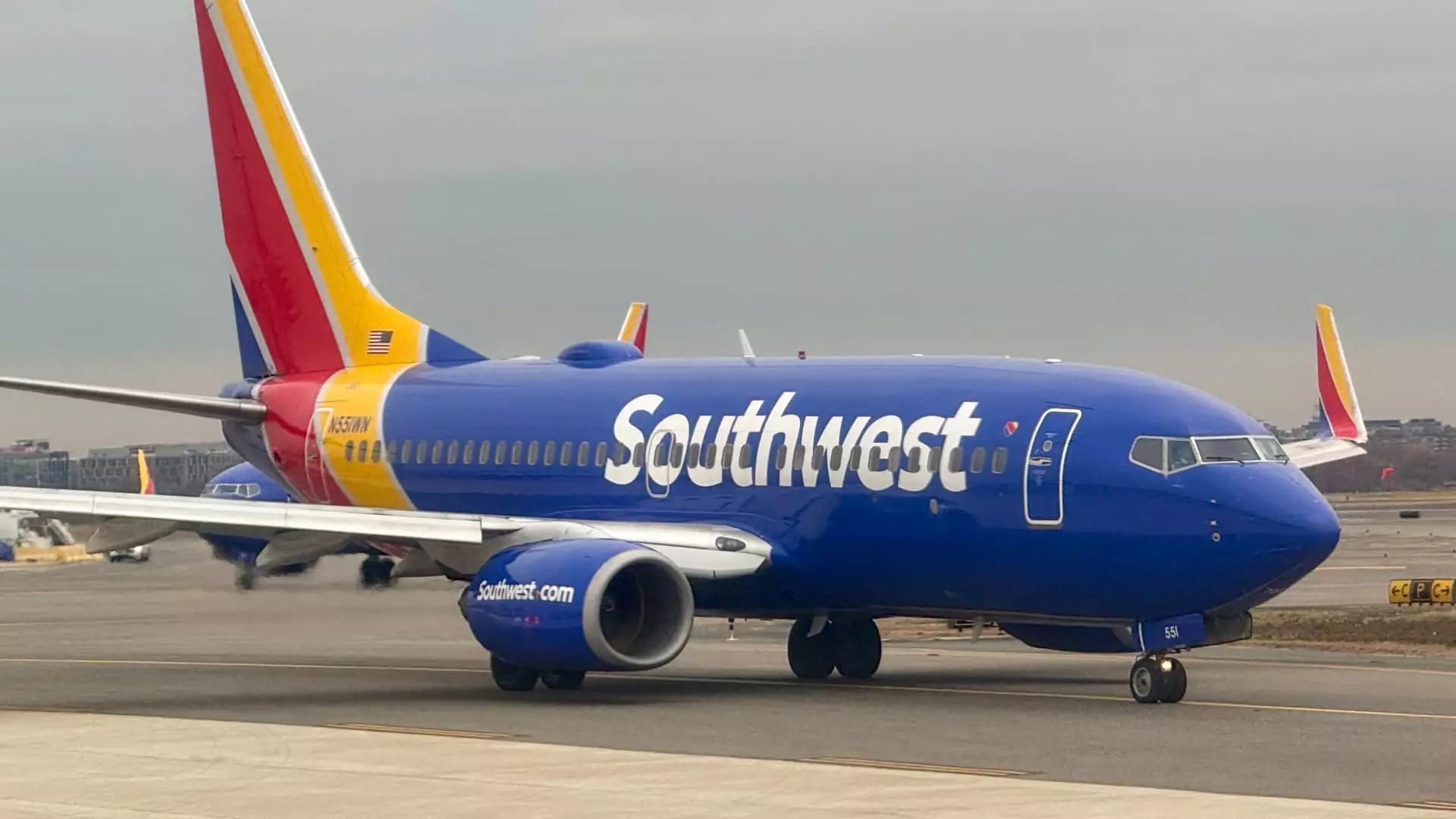In a notable shift aimed at streamlining operations, Southwest Airlines has announced a reduction of approximately 15% of its corporate workforce, which equates to around 1,750 positions. This decision, described by CEO Bob Jordan as “unprecedented,” underscores the airline’s urgency to implement cost-saving measures in the face of challenging financial dynamics. With expectations of realizing savings amounting to $210 million this year and projecting an increase to $300 million by 2026, the rationale behind such drastic action is clear: survival and competitiveness in an evolving industry landscape.
This strategic move is not a standalone action but one part of a broader response to pressures from shareholders, particularly following a contentious interaction with activist investor Elliott Investment Management. The firm secured five seats on the Southwest board after advocating for significant changes within the company, including a leadership overhaul. While their push to replace Jordan ultimately failed, the necessity for profound operational changes became evident, leading to the current layoffs and several other cost-reduction initiatives.
The current workforce reduction signals a critical moment for Southwest Airlines as it embarks on a journey to evolve into a “leaner, faster, and more agile organization.” This transformation involves not only cutting labor costs but also reassessing service models and operational efficiencies. Previous adjustments included halting hiring, stopping internships, ending long-held team-building rallies, and eliminating unprofitable routes. Such measures indicate a broader strategy: adopting a more precise and efficient operational blueprint that resonates with the demands of contemporary travelers.
In addition to the job cuts, Southwest is exploring significant changes in its service format. Most notably, the company is moving away from its more than 50-year-open seating policy, transitioning toward assigned seating, and creating a section designed for travelers seeking extra legroom. This evolution reflects a proactive approach to customer preferences and competitive differentiation.
While the layoffs are set to take effect by the end of April, Jordan has emphasized the humane aspect of this transition. Affected employees will continue to receive their salary, benefits, and bonuses until their departure, which is indicative of Southwest’s historical commitment to its workforce, even during challenging transitions. However, such drastic measures often leave a lingering impact on employee morale and uncertainty within the corporate structure.
The downsizing of Southwest Airlines’ corporate staff represents a profound transformation effort dictated by external pressures and internal evaluations. As the airline reshapes its operational framework, it must navigate the complexities of maintaining employee morale while implementing significant financial reallocation. The upcoming months will reveal whether these measures can successfully position Southwest Airlines for a sustainable future in a competitive market.


Leave a Reply